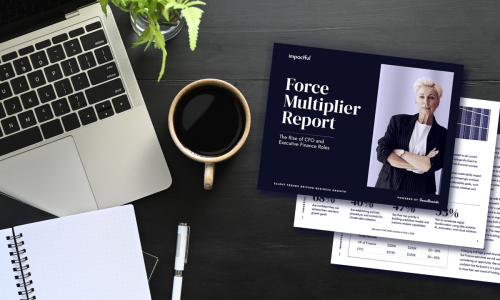Employee burnout is real.
A recent Gallup study of 7,500 full-time employees found that 23 percent of employees reported feeling burnt out all the time or very often, while another 44 percent of employees reported feeling burnt out sometimes. This sort of exhaustion leads to absences from work, near-constant turnover, decreased productivity, and job hopping. It also accounts for $125 to $190 billion in healthcare spending each year.
Burnout, which is primarily caused by poor work-life balance, can have long-lasting effects. University College London found that those who worked 3-4 hours of overtime had a 60 percent higher risk of heart-related problems like death due to heart disease, non-fatal heart attacks, and angina. Then there are the intangible, harder to measure but equally damaging effects like weakened family relationships, lower-quality friendships, and a loss of sense of self.
So how does the CPG industry stack up when it comes to providing its employees with the work-life balance needed to avoid burnout? According to ForceBrands’ 2019 Talent Market Report, which surveyed more than 500 full-time hiring decision-makers and leaders across CPG, better than most.
Across the board, CPG sectors (wine and spirits, beer, food and non-alcoholic drinks, beauty/wellness/personal care) average 9.8 weeks of paid maternity leave, 7.6 weeks of paid paternity leave, and 6.9 weeks of paid family leave. The wine and spirits market has the lowest averages, while cannabis has the highest, with 12.5 weeks of maternity leave, 10.7 weeks of paternity leave, and 10 weeks of family leave.
As a newer industry, cannabis is competing with more established industries across CPG for talent. And as paid leave policies have been gaining momentum, especially among millennials and Gen Xers, they’ve become a perfect way to entice top talent away from more those more established CPG sectors.
For more details about CPG’s paid leave policies, and other insights into the benefits offered in the industry, download the report here.






